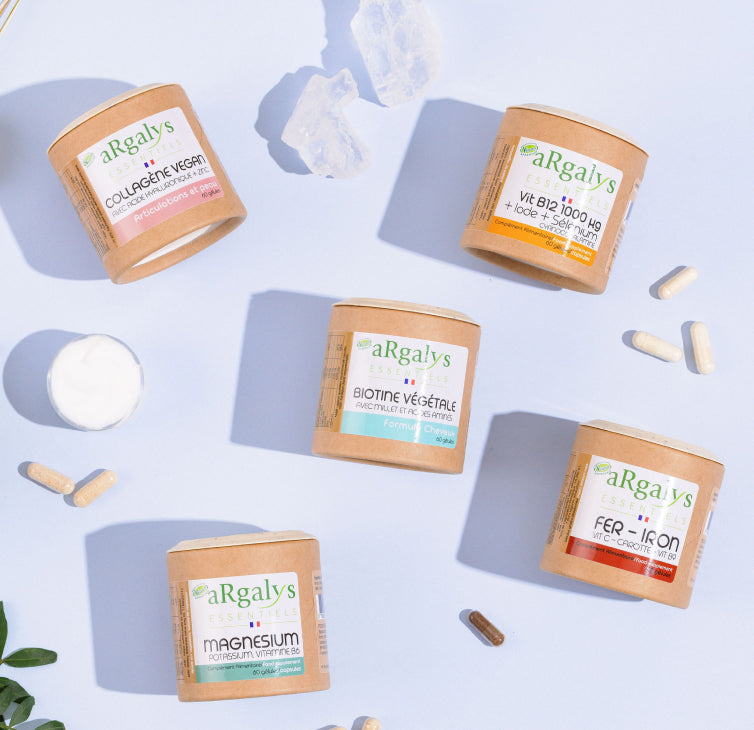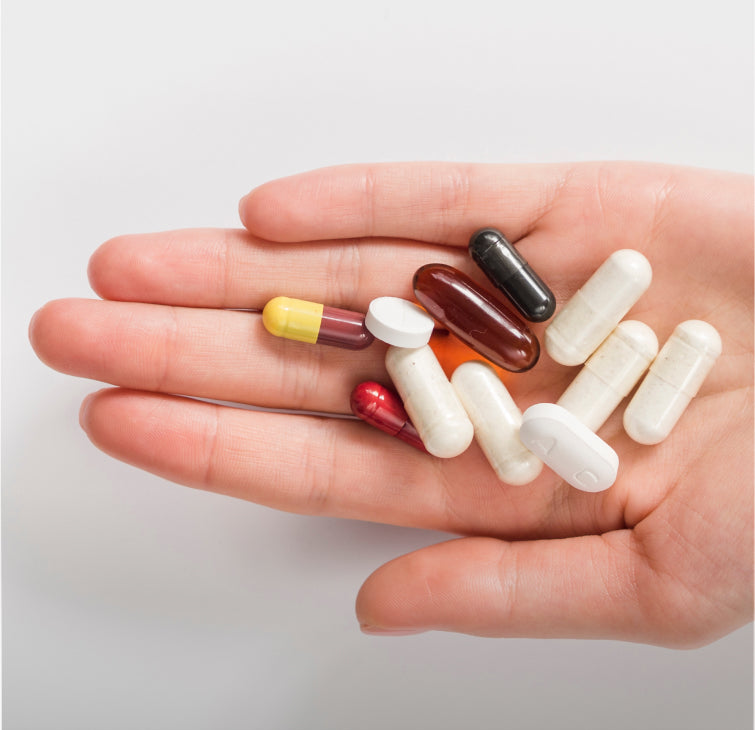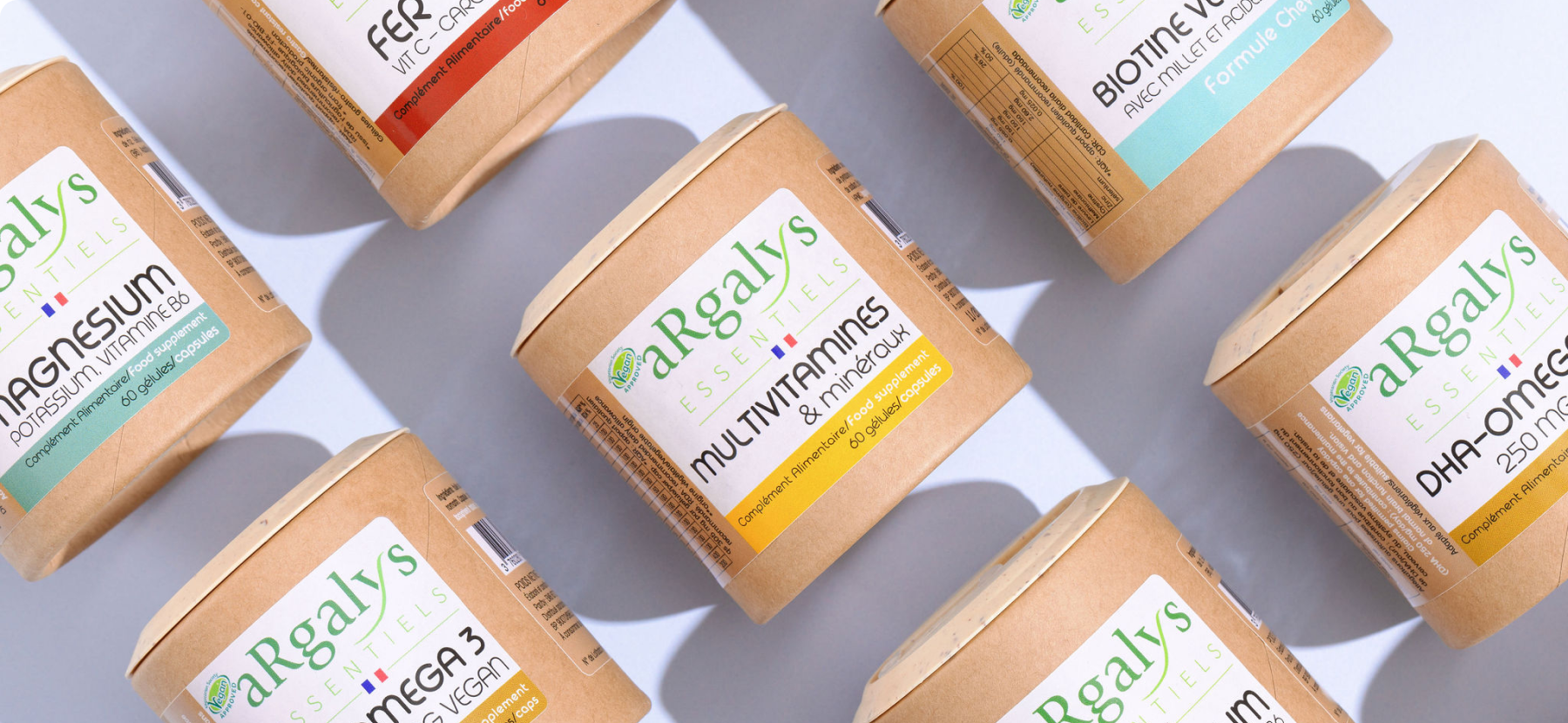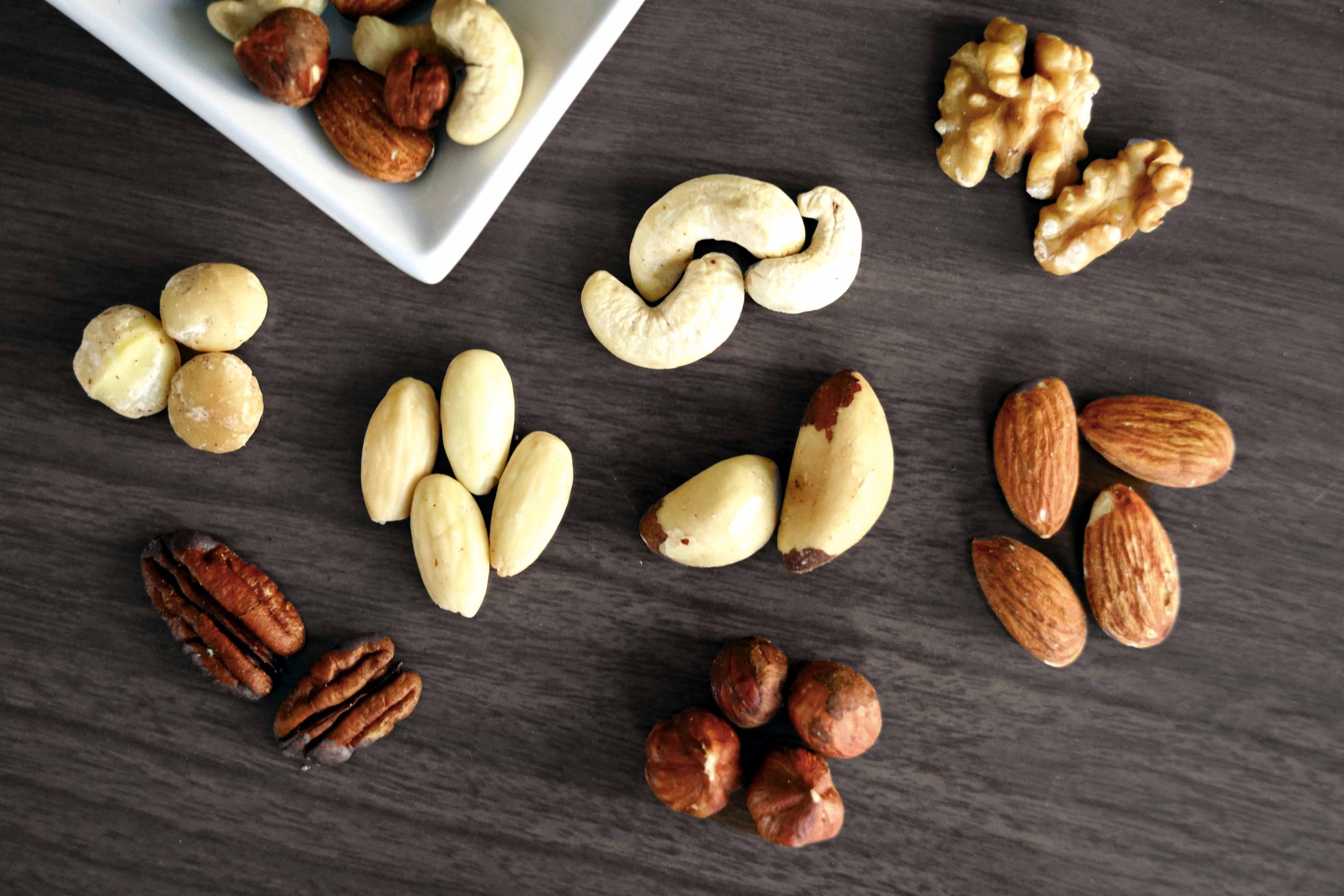Ultra-processed foods are everywhere and represent more than 50% of food products sold in supermarkets!
Although the term is widely used today in the vocabulary of health and nutrition sections of magazines, do we really know what it actually means?
How can we define and identify them and are they harmless or dangerous to health?
What is an ultra-processed product or food (UPF)?
Foods can be classified and defined by their degree of processing with 3 main levels:
Unprocessed foods are all raw products such as meat, raw grains, or vegetables. These are products that have no added external substances or mechanical processes that alter their original structure.
The second category contains “processed” foods .
These are raw products from the first category to which ingredients such as fat or salt have been added.
Bread - for example - falls into this category because it mixes cereals in the form of flour and several ingredients (water, salt, yeast) with mechanical kneading and baking.
Finally, the last category is that of ultra-processed food ('AUT').
This means a Food which:
- has undergone a significant modification of its original structure through a sophisticated production process (extrusion, purification, etc.);
- And/or, in which one or more external substances have been added (technological additives, colorings, flavoring agents) but also ingredients from highly processed food products (glucose syrup, lecithin, refined oils, etc.):
- All these substances are referred to by experts under the generic term: Ultra Transformation Markers (UTM).
The History of Ultra-Processed Foods
A significant part of our diet is made up of products that did not exist 50 years ago .
The changes made by the food industry initially had a positive and fundamental main objective: food safety, with products free of pathogens and with good shelf life.
Originally: limiting food poisoning
It should be remembered here that food poisoning was the leading cause of death in France in the 1950s.
This data allows us to better understand the pressure put by public authorities on professionals for food safety.
This improvement in sanitary quality was made possible by the implementation of production processes such as:
- Pasteurization
- Acidification
- Upgrading etc.
At the same time, the use of "preservative" additives has made it possible to limit the development of microorganisms during the product's lifespan. The very notions of DLUO or DLC are also means of improving health quality.
The use of new processes and food additives was therefore seen in the 1960s as symbols of progress, among many others at that time.
From there to abusing it, there was only one step, which was quickly taken!
Colourings; flavour enhancers; additions of salt; sugar and saturated fats; use of extrusion to modify the texture of foods etc.
Apart from microbial quality, which remained under close surveillance by the authorities, all other parameters could be technologically optimized to make food more attractive.
Children and young people are consumers who are even more targeted by “fun” offers, including the famous breakfast “cereals” which are mainly concentrated in sugars and saturated fats…
Necessary supervision from the 80s onwards
Since the 1980s, health authorities have understood that the use of food additives needs to be regulated.
This was initiated by the European 'E' nomenclature, allowing easy identification of additives on labels.
The specialized agencies EFSA and ANSES conduct assessments of these additives, regularly leading to the banning of some or the regulation of their use. However, it must be recognized that isolating the long-term effects of each additive is a nearly impossible task.
On the contrary, all large-scale studies on diet (SU.VI.MAX, Nutri Net-Santé and others) have observed significant correlations between the consumption of ultra-processed foods and health problems (diabetes, obesity, prevalence of certain cancers, heart problems, etc.).
It is therefore legitimate to warn against the regular and significant consumption of ultra-processed foods, to return to a more natural, more plant-based diet and “homemade” cooking.
How important are these ultra-processed foods in our diet?
Ultra-processed foods represent 2/3 of food products , even among organic products!
Scientific studies that have specifically observed this subject (Davidou, SIGA, etc.) have concluded:
- That 2/3 of available food products are AUT (Ultra-Processed Foods), and that probably more than 90% of food advertising concerns AUT!
- That they represent 1/3 of our daily energy intake on average.
- That all consumption styles and product families are concerned:
- 50% of organic foods are AUT. Even if the added ingredients (refined oils, natural flavors, glucose syrup, etc.) have less impact and are in lower proportions than in standard foods.
- That Vegans and Vegetarians consume a slightly higher proportion of ultra-processed foods (respectively 39 and 37% of caloric intake), compared to Omnivores (33%). This surprising result, but one which is undoubtedly explained by the importance in this category of under 30s, who are big consumers of snacking products.
What are the risks and dangers of consuming ultra-processed foods?
There are two types of risks that have been clearly identified and demonstrated in the case of frequent consumption of AUTs (when these represent more than 15% of daily caloric intake).
- Those linked to excessive caloric consumption induced by the consumption of AUT: obesity, diabetes, heart problems.
- Those linked to the imbalance of the intestinal flora , mainly linked to the presence of additives and in particular preservatives in AUT: disruption of transit, Irritable Bowel Syndrome (IBS) , etc.
The correlation between AUT consumption and obesity risk is very strong. Indeed, the majority of AUTs are overloaded with carbohydrates and lipids and generate less feeling of satiety than natural foods: an increased intake of high-energy foods inevitably leads to higher risks of obesity.
The increased risk of diabetes and/or heart problems also results from the overload of saturated sugars and fats common in AUTs.
Other longer-term risks are mentioned, such as the increase in certain cancers or the prevalence of Alzheimer's disease, and evaluation studies are underway on these subjects.
The solution: eat better, more simply, more naturally, from childhood!
We now know that the consumption of ultra-processed foods is not harmless to our health, and that we should reasonably aim to limit it to less than 20% of the total diet.
This is particularly important for children, the preferred target of recreational products rich in sugars, fats and additives, since the correlation between 'AUT' and obesity is clearly established.
This new information further strengthens the arguments in favor of a healthier diet, with more plant-based, minimally processed products.
There are hundreds of sources of information (books, web) and all the networks of nutritionists and dieticians to help you eat better: it is worth seeking advice and even your food budget will benefit!
Here we will limit ourselves to reminding children of the importance of good nutritional education to avoid as much as possible avoidable unpleasantness with a few simple precautions regarding ultra-processed but fun foods (candy, gummies, sodas, cereals, etc.) which particularly target them.
Which dietary supplement for the microbiota and unbalanced intestinal flora?
Degradation of the intestinal microbiota is an important marker of a diet too rich in AUT .
The international PURE study, conducted in more than 20 countries, clearly highlighted that regular consumption of ultra-processed foods is associated with a higher risk of developing inflammatory bowel diseases.
In the Argalys range, the Vegaflore formula, which combines Pre & Probiotics , provides effective help for intestines damaged by AUTs.
The contribution of bacteria from the Vegaflore microbiota will help to reorient your intestinal flora , to be maintained with a more natural diet rich in fiber (fruits and vegetables).
Bibliography:
PURE study: https://www.bmj.com/content/bmj/374/bmj.n1554.full.pdf
 04 74 03 98 80
04 74 03 98 80










